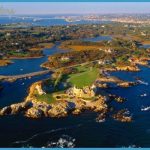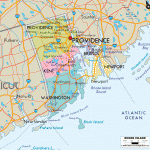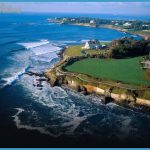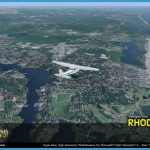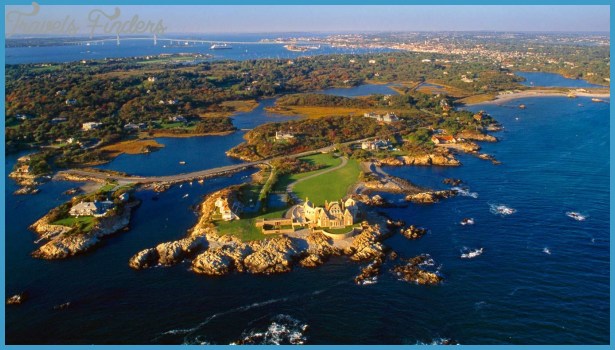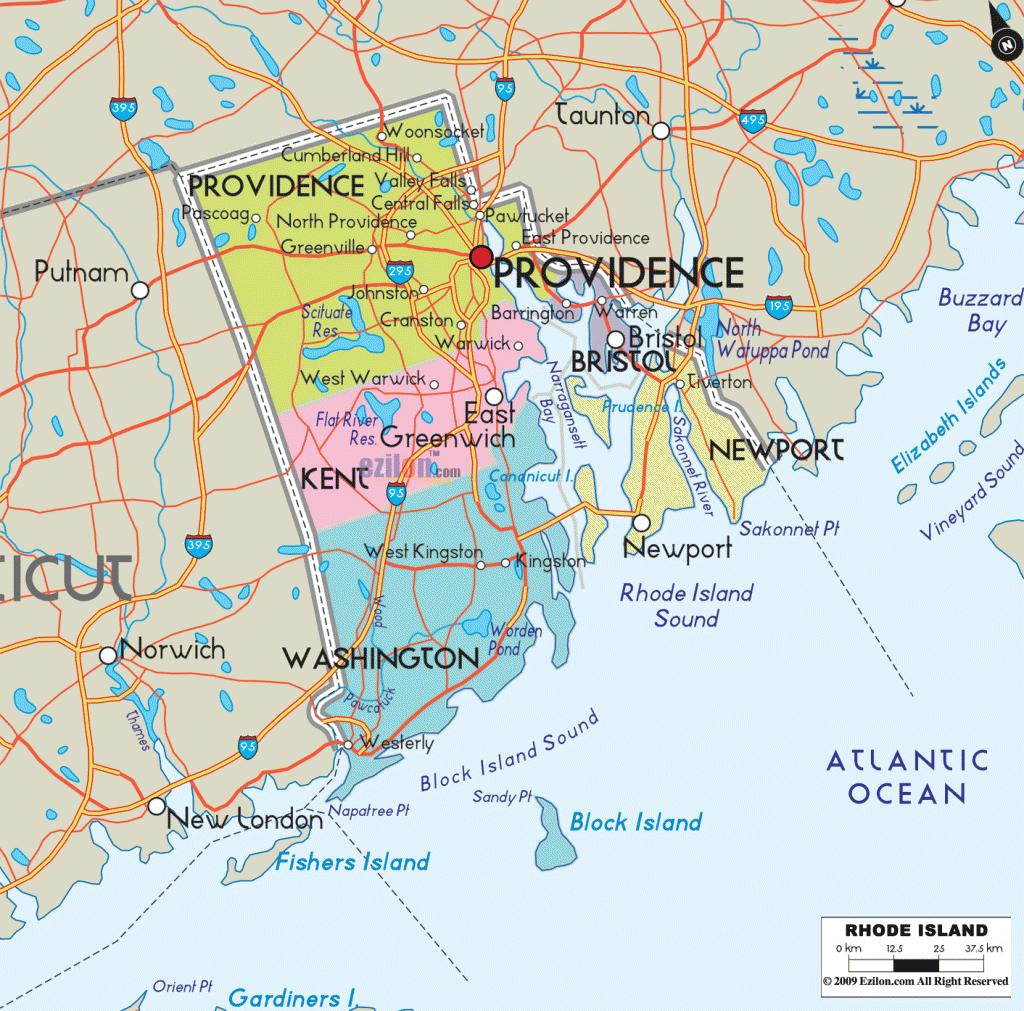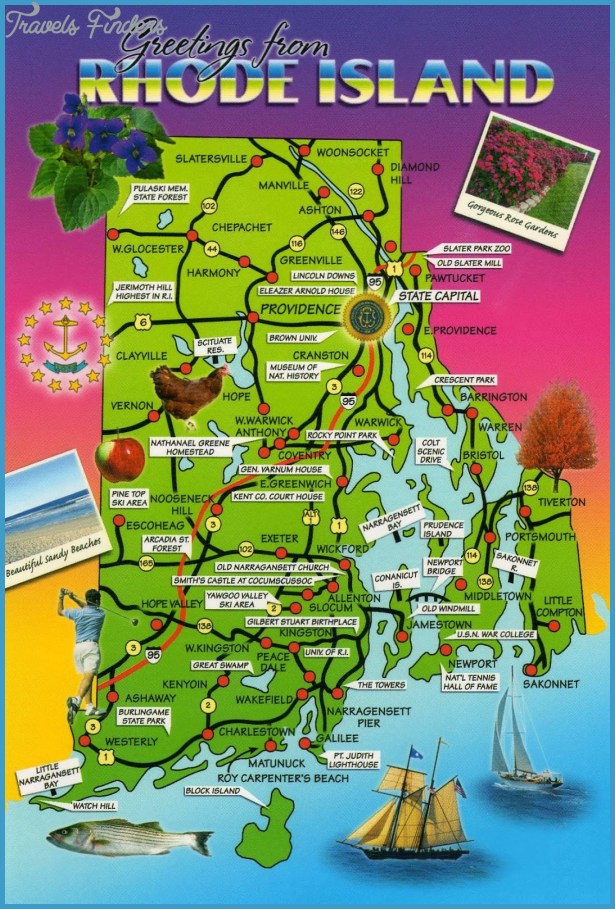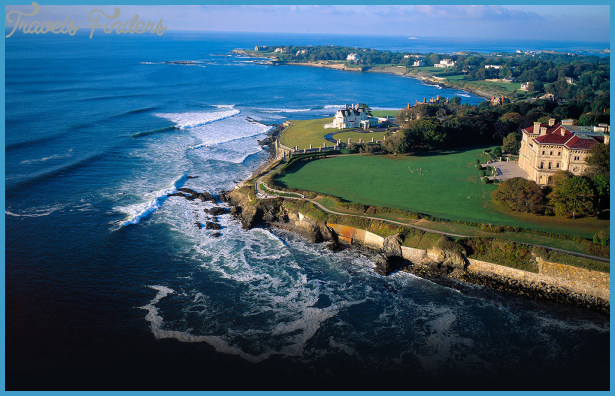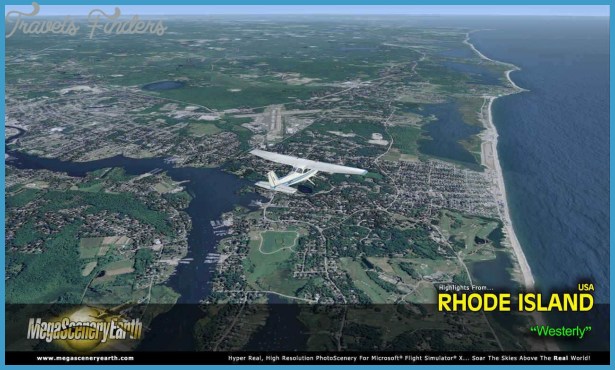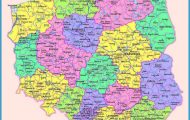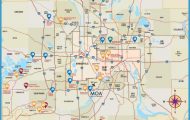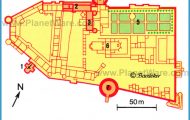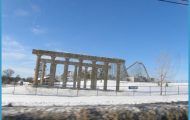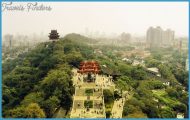Chronology
1650s-1670s The first migrants from Latin America arrive. Jewish settlers, originally from Spain and Portugal, migrate via the West Indies and settle in Newport.
1730s Additional Jewish migrants arrive from Curasao.
1870 The U.S. census indicates that only 82 Rhode Island residents are born in Latin America. That figure will remain below 1,000 until the midtwentieth century.
1920s Puerto Ricans begin arriving in Rhode Island as seasonal workers on farms in the southern part of the state.
1964 The first migrants from Colombia arrive in Central Falls to work in textile mills.
1970 With help from the Diocese of Providence, the Latin American Community Center opens to help Latino migrants adjust to life in Rhode Island. It is one of the first instances of pan-Latino organization.
1973 WRIB-AM offers the state’s first Spanish-language radio programming.
1976 The Coalition of Hispanic Organizations forms to link some of the smaller Latino community groups already in existence.
1977 Progresso Latino, a nonprofit, community-based agency that serves Latinos, is founded in Central Falls.
1979 The Hispanic Social Services Committee holds its first meeting. The following year, it incorporates and changes its name to the Hispanic Social Services Association (HSSA), a nonprofit, community-based organization aimed at improving the quality of life of Latinos in Rhode Island. In 1992 it becomes the Center for Hispanic Policy and Advocacy (CHisPA).
The U.S. Census Bureau estimates the state’s Latino population to be 19,707, although this is widely believed to be an undercount.
State legislature begins the Commission to Study the Issues Confronting the Hispanic Community in Rhode Island, a two-year investigation.
The Hispanic Political Action Committee, one of the state’s first panLatino political organizations, is formed.
Quisqueya en Accion, a nonprofit organization focusing on Dominican youth in Rhode Island, is founded. It later organizes the Dominican Festival of Rhode Island, which becomes one of the largest Dominican celebrations in the country.
The U.S. census lists Rhode Island’s Latino population at 45,752.
In response to the significant increase in the Latino population, Governor Bruce Sundlun establishes the first Governor’s Advisory Commission on Hispanic Affairs.
Anastasia Williams is the first Latina elected to the Rhode Island state legislature.
The Rhode Island Latino Political Action Committee (RILPAC) is founded.
Sol Gallery Group opens in Providence to promote and showcase the work of local Latino artists.
Providence en Espahol, a weekly Spanish-language newspaper, begins publication.
2000 The U.S. census lists Rhode Island’s Latino population at 90,820
8.7 percent of the state’s overall population.
2002 Juan Pichardo is the first Latino elected to the Rhode Island state senate.
2005 The U.S. Census Bureau estimates there are 112,722 Latinos in Rhode Island about 10.9 percent of the state’s population.
2006 Day Without an Immigrant demonstration draws the most marchers to downtown Providence since the Vietnam War.
Twenty-two Latinos run for state or local office in elections across Rhode Island; seven candidates win positions.

